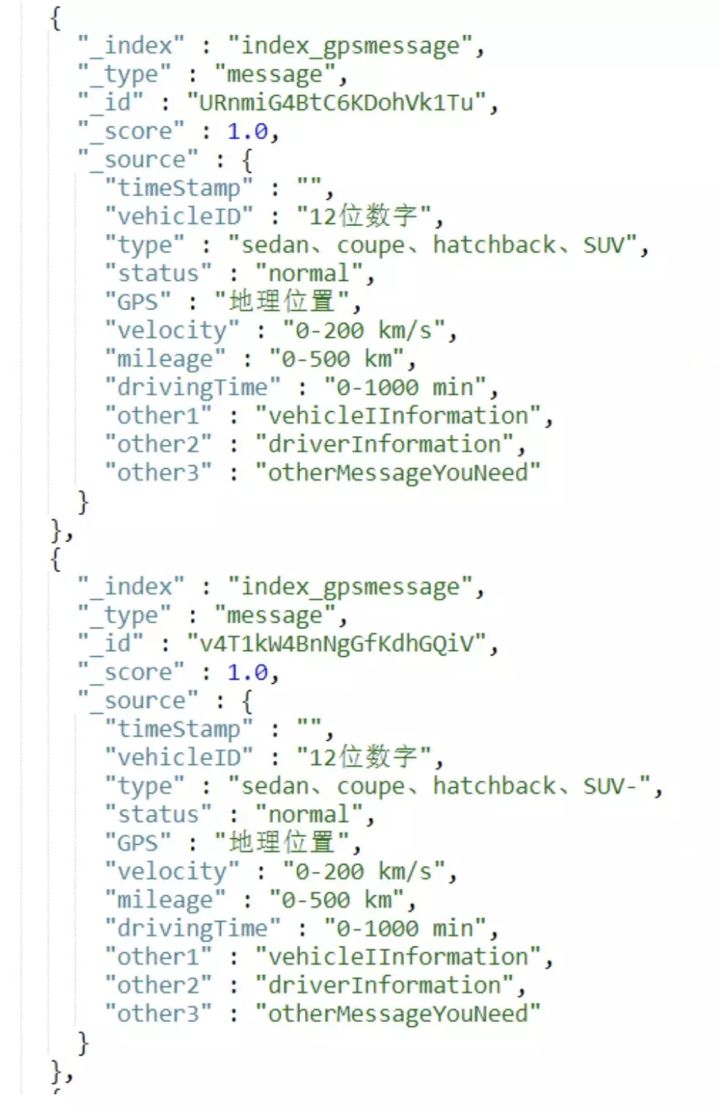
On October 31, at the 2019 China International Information and Communication Exhibition, the Ministry of industry and information technology announced that 5G business was officially launched. 5G business age is coming!
The commercial application of 5G makes the data transmission speed, response speed, connection data, data transmission volume, transmission reliability and other aspects have been significantly improved. The breakthrough of this technology enables the application scenarios in many fields to be truly implemented and enter the life of ordinary people, including the Internet of things.
Although the concept of the Internet of things is very simple, which is to connect the goods with the Internet and carry out information exchange and communication, so as to realize the intelligence of everything, but for various reasons, the commercial application has not been implemented on a large scale, one of which is due to the limitations of network transmission and other reasons. Nowadays, the arrival of 5G makes the application of Internet of things no longer limited at the network level, which better promotes the development of Internet of things. For enterprises, it is very important to build a commercial Internet of things service quickly and seize the opportunity.
JD cloud Serverless service is adapting to the needs of today's enterprises. A series of product ecology of Serverless enables users to be business oriented, without caring about the deployment and bearing capacity of the underlying server, with short implementation cycle and no prepaid price based on usage. These features are the only choice to adapt to the rapid era of Internet 5G and build quickly, which not only saves costs for enterprises, but also solves technical problems.
Taking the following data of the Internet of vehicles as an example, let's take a look at how to use queue service to build a highly available and highly reliable application without service. In the application of Internet of vehicles, the client load may expand / reduce by 3 or 4 orders of magnitude within 24 hours. These features are naturally suitable for the dynamic expansion and contraction of Serverless services and pay as you go.
Requirements: queue service SDK, queue service access point address, Elasticsearch access point address (ES instance has been created), JD cloud user AK/SK
Code language: Go
Step1
Create queue service client and resource creation
1func CreateClient() *sqs.SQS { 2 ses, _ := session.NewSession(&aws.Config{ 3 Region: aws.String("cn-north-1"), 4 Credentials: credentials.NewStaticCredentials("your AccessKey", 5 "your SecretKey", ""), 6 Endpoint: aws.String("http://jqs.cn-north-1.jdcloud.com"), 7 DisableSSL: aws.Bool(true), 8 }) 9 _, err := ses.Config.Credentials.Get() 10 if err != nil { 11 log.Fatal("Credential creation failed", err) 12 } 13 client := sqs.New(ses) 14 return client 15} 16 17func CreateQueueTask(name string) string { 18 resp, err := sqsClient.CreateQueue(&sqs.CreateQueueInput{ 19 QueueName: aws.String(name), 20 }) 21 if err != nil { 22 log.Println("Create Queue Failed:", err) 23 return "" 24 } 25 return *resp.QueueUrl 26}
Step2
Each vehicle device sends a message
1func SendTask(url string, message interface{}) { 2 body, _ := json.Marshal(message) 3 _, err := sqsClient.SendMessage(&sqs.SendMessageInput{ 4 MessageBody: aws.String(string(body)), 5 QueueUrl: aws.String(url), 6 }) 7 if err != nil { 8 log.Println("Send Message Failed:", err) 9 return 10 } 11 return 12}
Test data:

Configuration of test machine: CPU64, memory 256G, bandwidth 100Mbps (JD cloud virtual machine)
Scenario: public network; send single (JQS)
Step3
Pull messages from the queue service and transfer them to elastic search
1func ReceiveMessageTask(url string) interface{} { 2 result, err := sqsClient.ReceiveMessage(&sqs.ReceiveMessageInput{ 3 AttributeNames: aws.StringSlice([]string{"All"}), 4 MaxNumberOfMessages: aws.Int64(1), 5 MessageAttributeNames: aws.StringSlice([]string{"All"}), 6 QueueUrl: aws.String(url), 7 VisibilityTimeout: aws.Int64(30), 8 WaitTimeSeconds: aws.Int64(0), 9 }) 10 log.Println(*result.Messages[0].Body) 11 if err != nil { 12 log.Println("Receive Message Failed:", err) 13 return "" 14 } 15 16 if len(result.Messages) > 0 { 17 _, delErr := sqsClient.DeleteMessage(&sqs.DeleteMessageInput{ 18 QueueUrl: aws.String(url), 19 ReceiptHandle: result.Messages[0].ReceiptHandle, 20 }) 21 if err != nil { 22 log.Println("Delete Message Failed:", delErr) 23 } 24 25 message := new(gpsMessage) 26 Err := json.Unmarshal([]byte(*result.Messages[0].Body), message) 27 if Err != nil { 28 log.Println("Receive Message Unmarshal Failed", Err) 29 return "" 30 } 31 return message 32 } 33 return "" 34} 35 36func Build(url string, method string, body interface{}) []byte { 37 client := &http.Client{} 38 //Send get request to server 39 bodyData, _ := json.Marshal(body) 40 request, _ := http.NewRequest(method, url, bytes.NewReader(bodyData)) 41 42 request.Header.Set("Accept", "application/json") 43 request.Header.Set("Content-Type", "application/json") 44 //Receive the information returned by the server to the client 45 response, _ := client.Do(request) 46 r, _ := ioutil.ReadAll(response.Body) 47 return r 48} 49 50func PostMessageToES(p string, body interface{}) string { 51 postReturn := new(postRes) 52 postResponse := Build(p, "POST", body) 53 err := json.Unmarshal(postResponse, postReturn) 54 if err != nil { 55 log.Println("Unmarshal Failed", err) 56 } 57 jsonS, _ := json.Marshal(postReturn) 58 log.Println("postResult:", string(jsonS)) 59 return postReturn.Id 60}
Step4
Search information by demand index from elastic search
1func GetMessageFromES(p string) { 2 message := new(esMessage) 3 getResponse := Build(p, "GET", nil) 4 log.Println("getPath:", p) 5 Err := json.Unmarshal(getResponse, message) 6 if Err != nil { 7 log.Println("Unmarshal Failed", Err) 8 } 9 jsonM, _ := json.Marshal(message) 10 log.Println("getResult:", string(jsonM)) 11}
Example results:

It can retrieve the data according to the vehicle information, draw the dynamic map of the vehicle, and use the data to help the automatic driving, dynamic navigation, vehicle health analysis and other scenarios.
Welcome to“ Jingdong cloud ”Learn more

